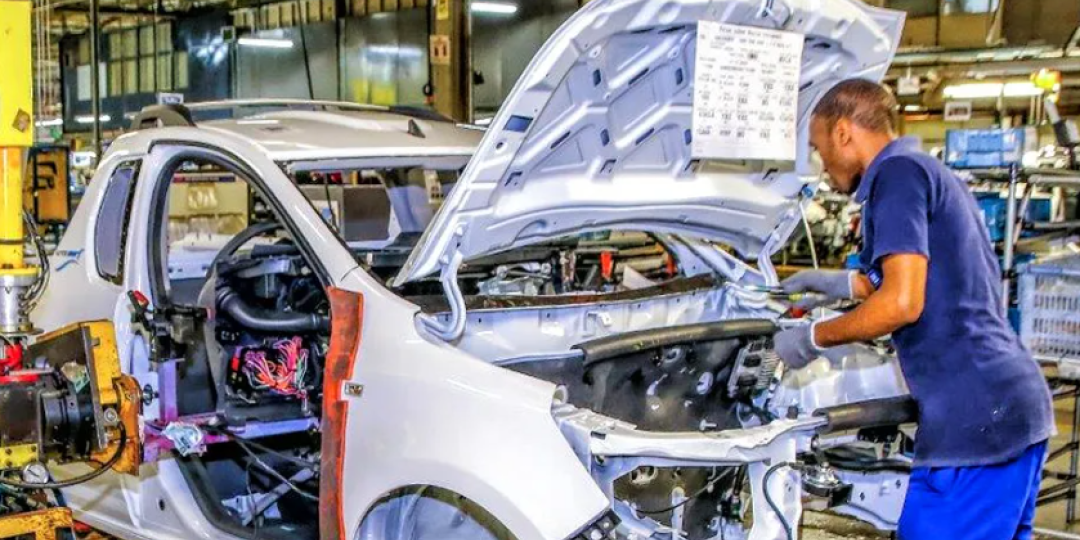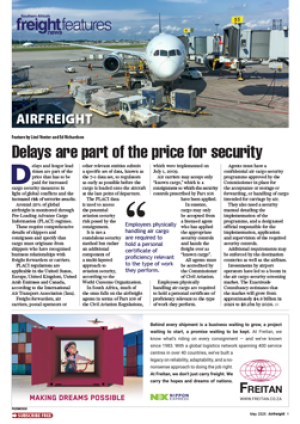South Africa’s manufacturing and mining production activity got off to a worse-than-expected start in the third quarter.
Bureau for Economic Research economists noted in the think tank’s Weekly Review report that manufacturing productivity had “notably underperformed” rising just 2.3% year-on-year (y-o-y) in July according to the latest data released by Statistics South Africa, after hitting 5.9% y-o-y growth in June. Analysts had expected production output to rise by around 4.8% for the period.
“Although at a reduced pace, this marks the fourth straight month of growth in annual industrial activity.
"The main driver of the annual headline reading was petroleum, chemical, rubber and plastic products (up 6.8%). At the other end of the spectrum, the food and beverages sector weighed most on activity (down 3.5%),” the BER said.
Seasonally adjusted month-on-month (m-o-m) manufacturing output unexpectedly contracted by 1.6% in July after a solid 1.2% m-o-m rise in June.
The monthly drop in July was broad-based, with textiles, clothing, leather and footwear reporting the steepest decline (down 4.8%). The mining sector did not fare better, with output surprising on the downside.
“Data from Stats SA showed a 3.6% y-o-y drop in mining production, a significant reversal from the (upwardly revised) 1.3% y-o-y gain in June. PGMs (platinum group metals) were the primary drag on the annual headline figure (down 10.4%). In contrast, gold emerged as the leading contributor (rising 12.9%).
On a monthly basis, mining output contracted by 1.7% in July after a 1.2% increase in June,” the BER report said.
“The poor performance in the manufacturing and mining sectors in July casts a shadow over economic growth prospects for Q3.
"This trend aligns with the broader anticipation of slowing Q3 real GDP growth.
"Factors influencing this narrative include the N3 truck incidents in July, the week-long Western Cape taxi strike in August, and the increased intensity of load-shedding so far in September.”
However, on a positive note, average expectations for headline consumer price index inflation showed a notable decline, the first slowdown in expectations in two years.
According to BER economists, average inflation expectations for 2023 decreased to 6.1% from 6.5% in the second quarter.
“This downward trend was also observed over the 2023 to 2025 forecast horizon, mainly driven by business people and trade unionists who lowered their expectations by 0.6% pts,” the Bureau said.













